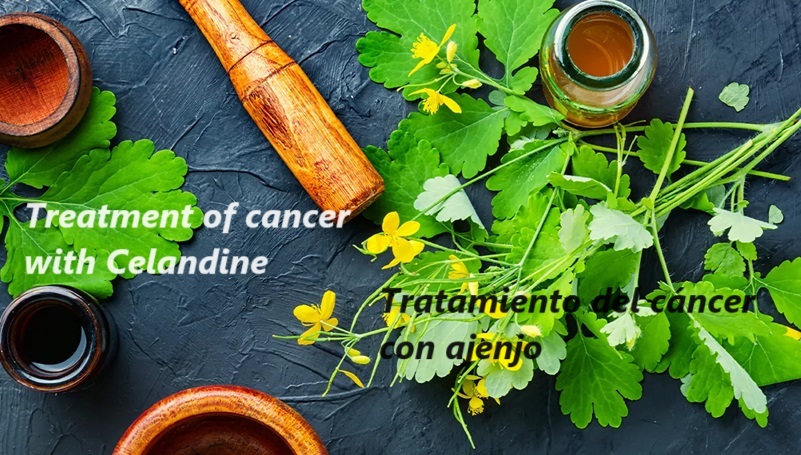Malnutrition of the knee joint and deficiency of essential nutrients lead to the development of osteoarthritis. The first signs of the disease include pain when walking. Most often, this condition affects women who are overweight and have pronounced varicose veins. Osteoarthritis affects both knee joints, but sometimes the pain is felt only in one joint for a long time. Difficulties in the early stages of the disease begin when descending or ascending stairs. When blood circulation is impaired, swelling of the knee occurs.
Treatment of knee osteoarthritis with folk remedies
Knee osteoarthritis in the early stages of the disease can be successfully treated with folk remedies. The first step to success is adopting a healthy lifestyle. Individually tailored diet, moderate joint loading, preventive methods, and timely consultations with specialists will help prevent serious changes in the knee joint.
Joint diseases do not directly depend on the consumption of certain foods, but excessive weight is a condition that needs to be addressed at the beginning of osteoarthritis treatment. Losing 3-4 kg will immediately benefit your health. Weight should be reduced slowly. Initially, it is necessary to change the cooking technique, opting for steaming, grilling, and even microwave cooking instead of frying. Change your eating habits, consuming food every 3 hours. Limit the intake of table salt, exclude cakes, ice cream, white bread, sweet carbonated drinks, salads dressed with mayonnaise, fatty cheeses, and chips from your diet.
Preparing a light vegetable soup daily will help replenish the body with beneficial micronutrients and lose excess weight. To prepare the soup, you will need 600 g of fresh cabbage, 7 medium-sized fresh tomatoes, 3 sweet peppers, 200 g of white chicken meat, and a bunch of fresh greens. Optionally, add onions to taste. Boil all vegetables in three liters of water until tender. This soup can be eaten without restrictions throughout the day. If you consume such soup every day for seven days, supplementing your daily diet with any vegetables and fruits except potatoes and bananas, you can lose about 4-5 kg in a week.
Fluid intake in osteoarthritis
The diseased knee joint loses moisture and becomes dry. It is important to know that with osteoarthritis, water intake should be increased. However, questions may arise because people of different age groups, both young and elderly, who are prone to swelling, suffer from this condition. Increasing water intake indicates the need to also take care of its better excretion from the body. Those who do not experience swelling need to increase water intake to two liters per day. Since plain purified water actively participates in the body’s metabolic processes and penetrates the joints, it is easily excreted by the kidneys.
Cryotherapy at home
Home cryotherapy, for example, using ice from the freezer, will definitely be beneficial. Place ice (about 500 g) in plastic bags, then apply it to the affected joint for 10-15 minutes, and after the procedure, gently massage the knee joint. You can also use ice wraps, otherwise known as the “wet towel effect”. Wet towels are placed in the freezer for two hours until frozen, then wrapped around the joints for 20 minutes. Cold water jets directed at the affected joint also have a good effect. All home cryo-procedures should be carried out daily for half an hour.
Therapeutic muds
Thanks to modern technologies for storing and transporting mud, home spa treatment is possible. To do this, you need to go to the pharmacy and buy a mud preparation. The main task of mud therapy is to apply an application of a certain temperature to the diseased knee joint. It is very easy to do this. Take half of the mud package and transfer it to a container, dilute it with ordinary water, and heat it over a fire to 50-60 degrees. After that, the hot mixture should be mixed with the rest of the amount of therapeutic mud and heated to a temperature of 40 degrees. Apply the mud to the affected knee no more than three centimeters thick, cover it with plastic wrap, and wrap it with a warm woolen scarf. Leave this compress on the joint for 30 minutes. Applications are done every other day, and the total course of treatment consists of 12 procedures.
Compresses for knee osteoarthritis
The most popular compress recipe for osteoarthritis is as follows: boil three to four tablespoons of oat flakes in boiling water for five to six minutes. Cool the thick porridge to 30 degrees, then apply it as a compress on the joint.
To relieve joint pain, you can apply fern leaves as a compress.
Cabbage juice compress. For this compress, you will need woolen fabric soaked in juice obtained from one head of fresh cabbage. Apply the compress to the affected joint, cover it with plastic wrap, and wrap the knee. The procedure lasts for 40 minutes.
Compress with kefir and chalk. To prepare this product, you will need ordinary chalk and low-fat kefir. Grind the chalk, then mix it with kefir. Apply the resulting mixture to the knee, cover it with film, and wrap the joint. This compress will soothe the knee and improve blood circulation in the joint.
These various rubs and compresses can help alleviate the symptoms of knee osteoarthritis and improve joint health.






